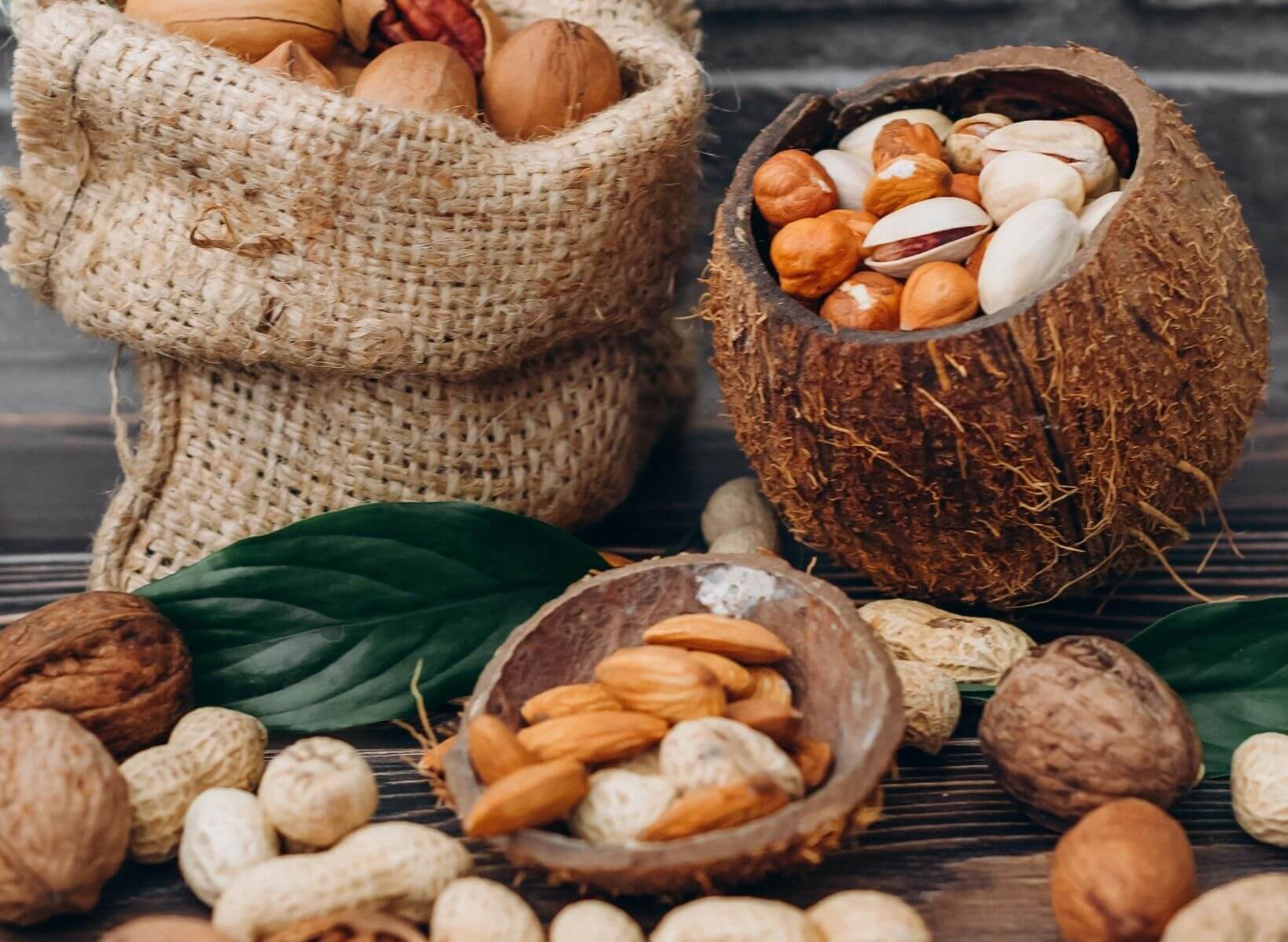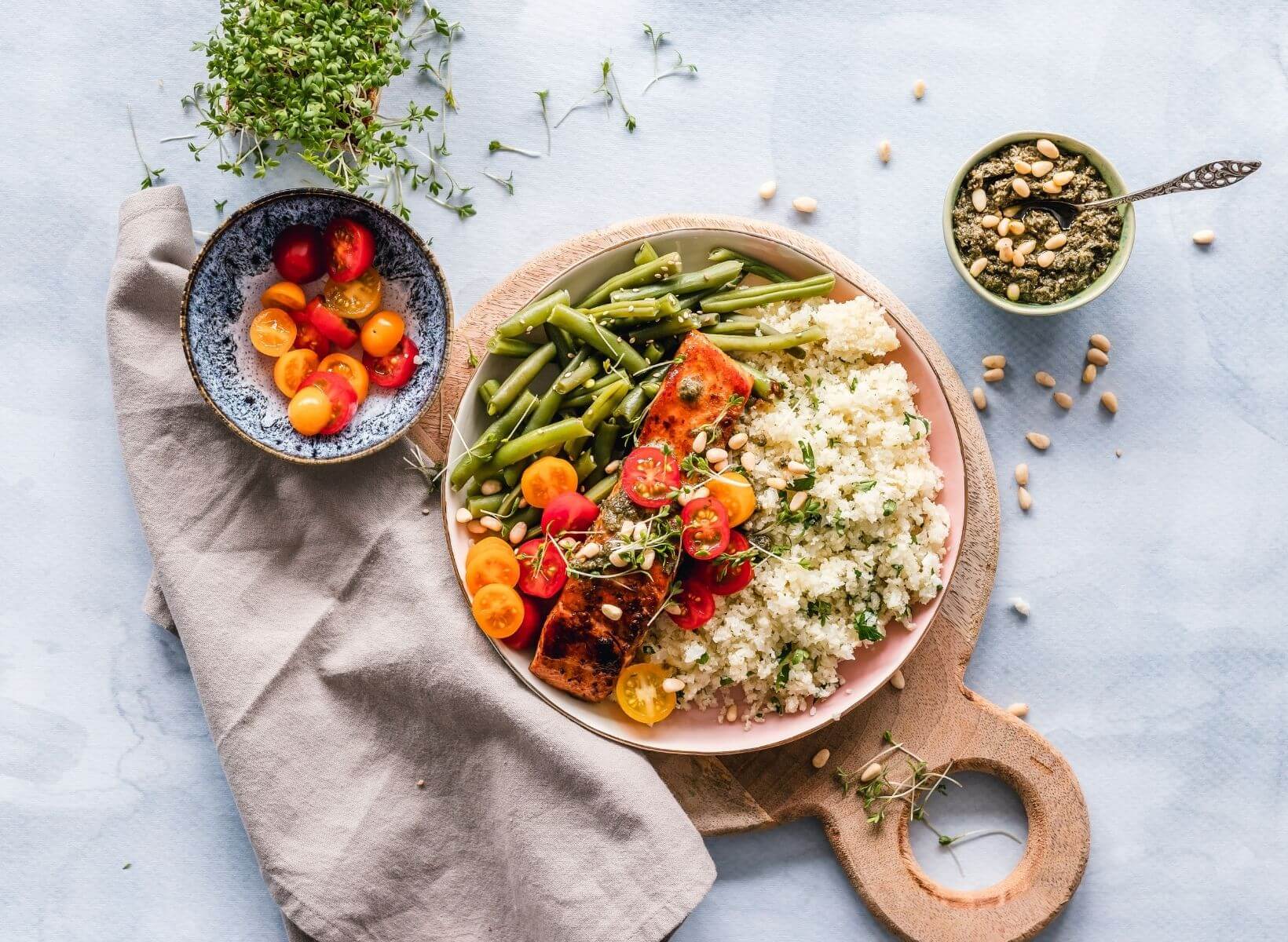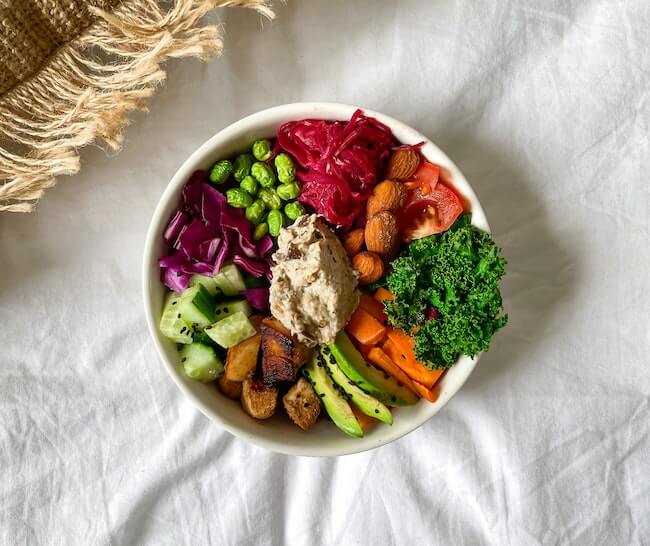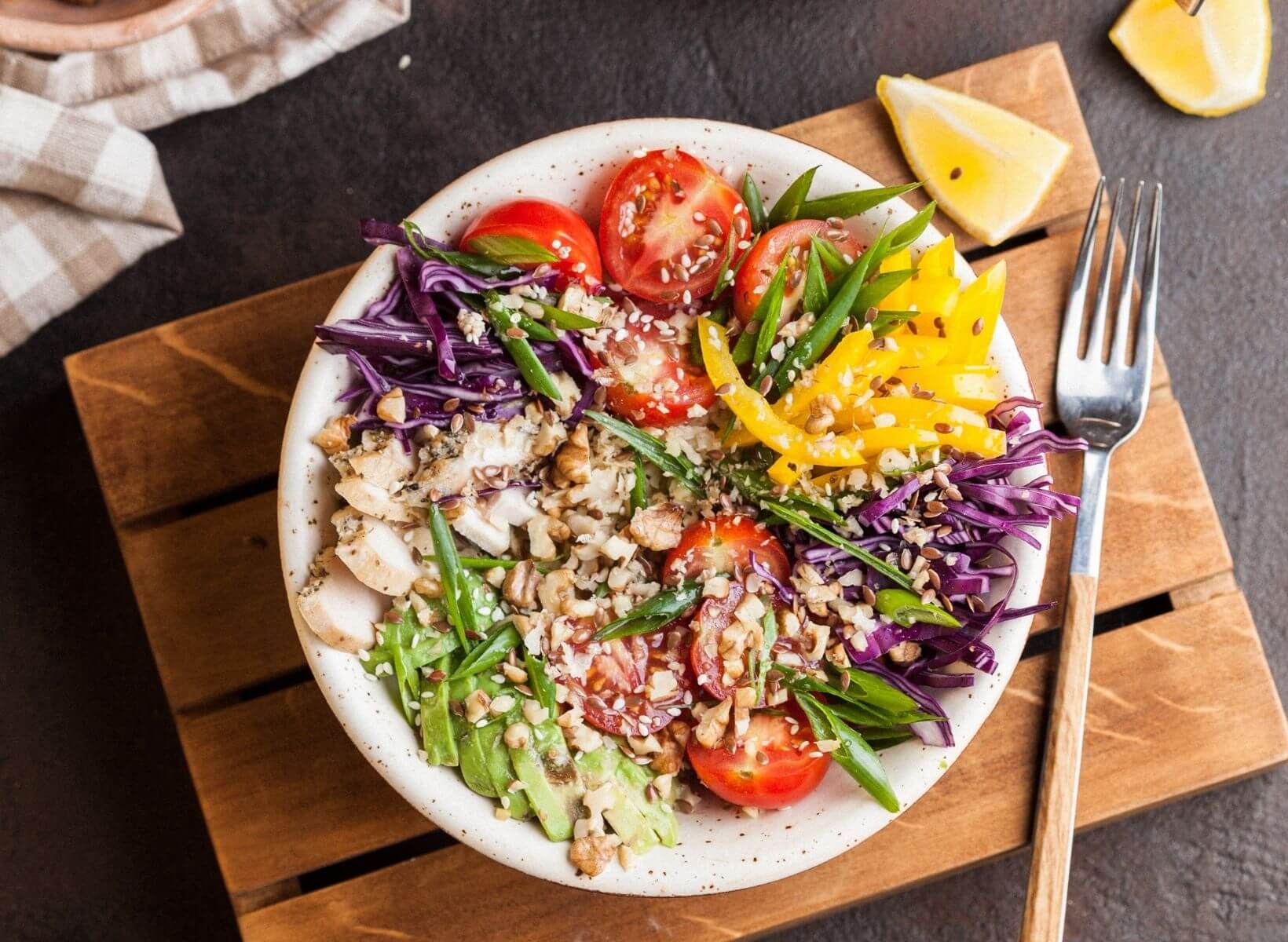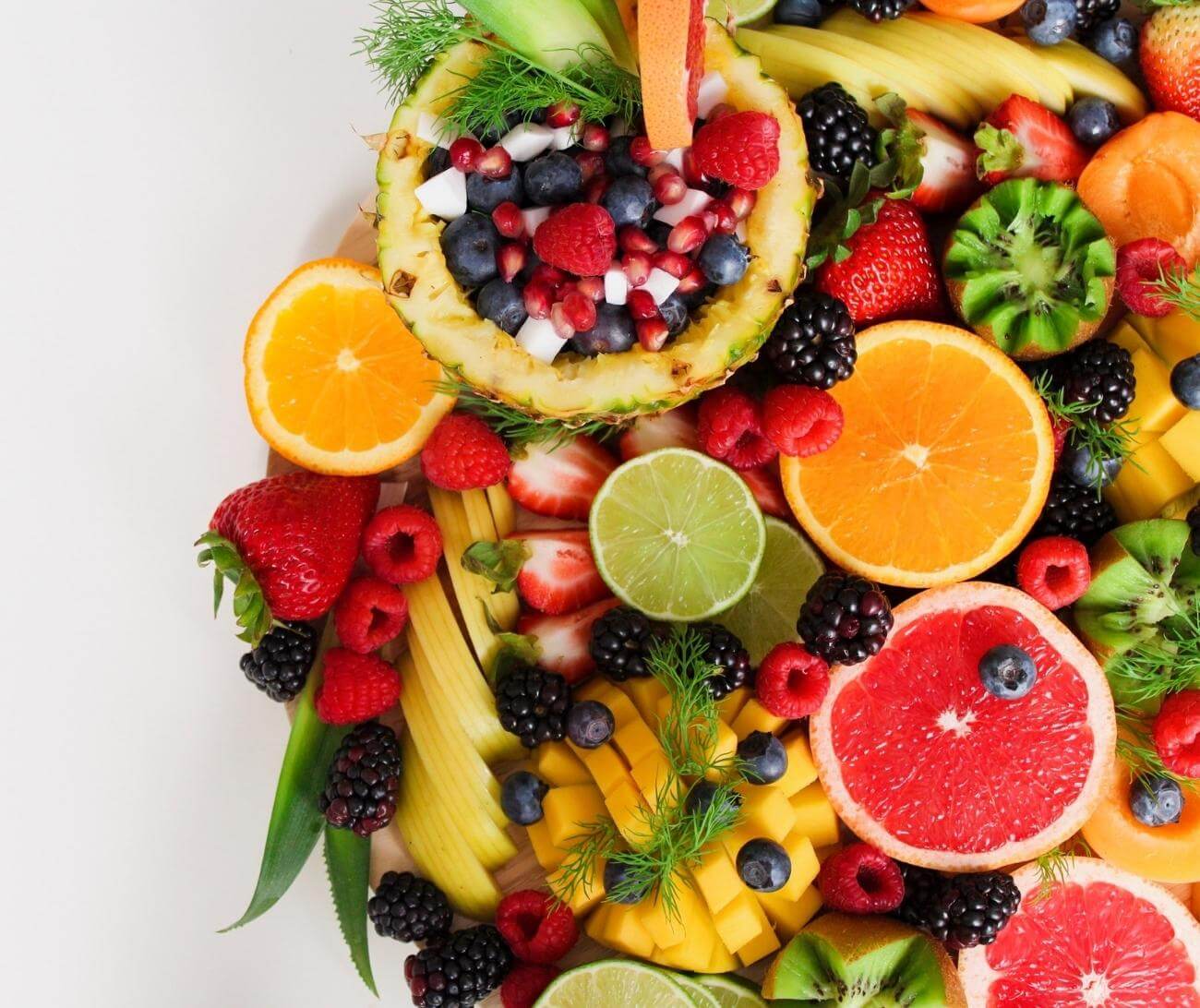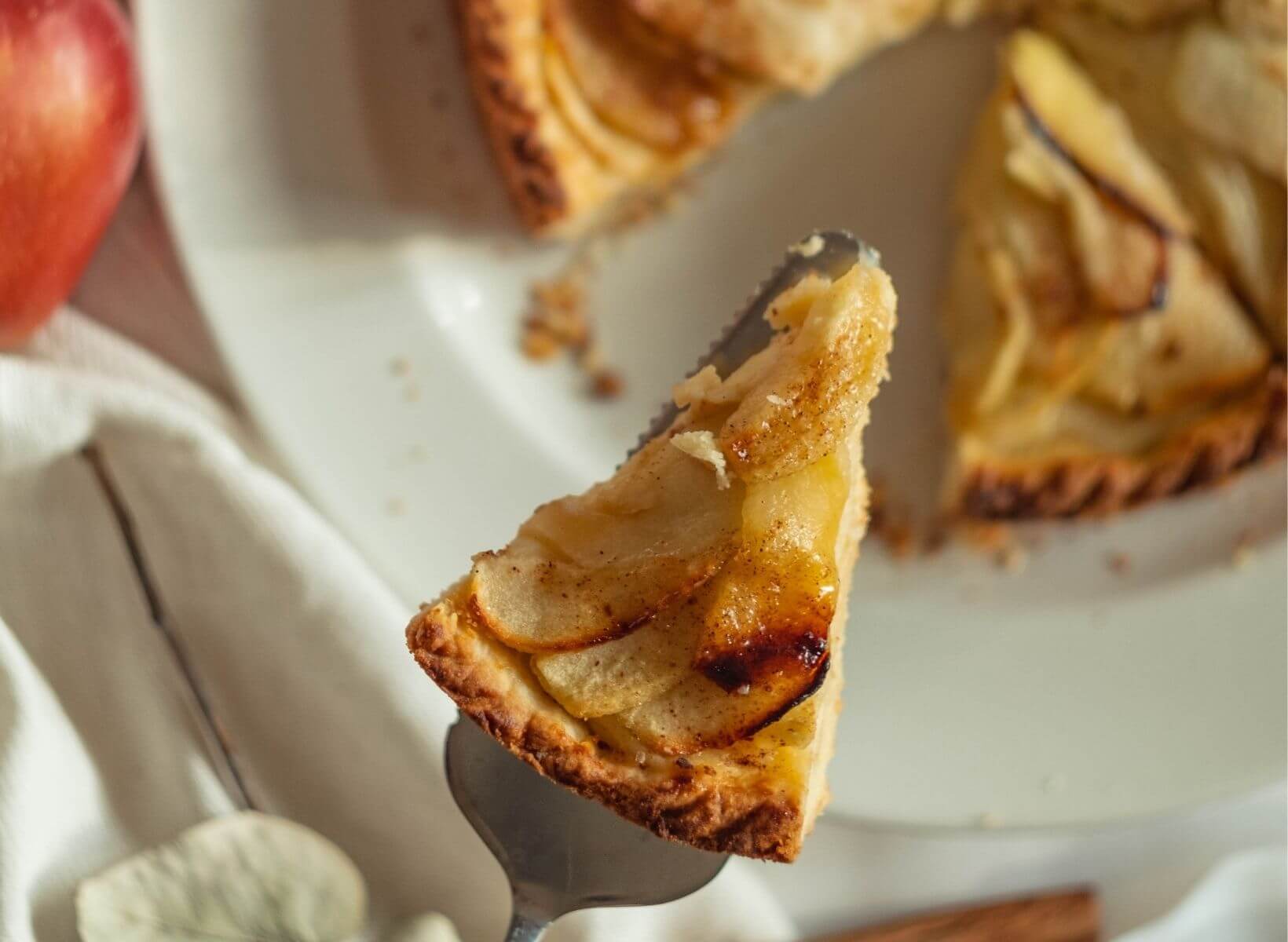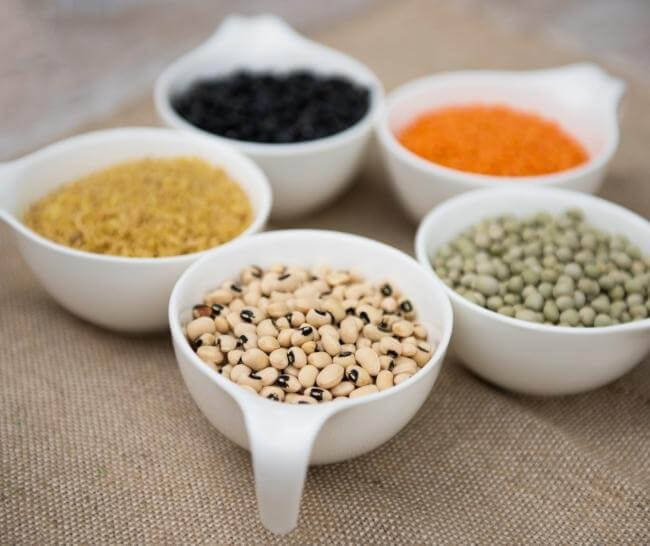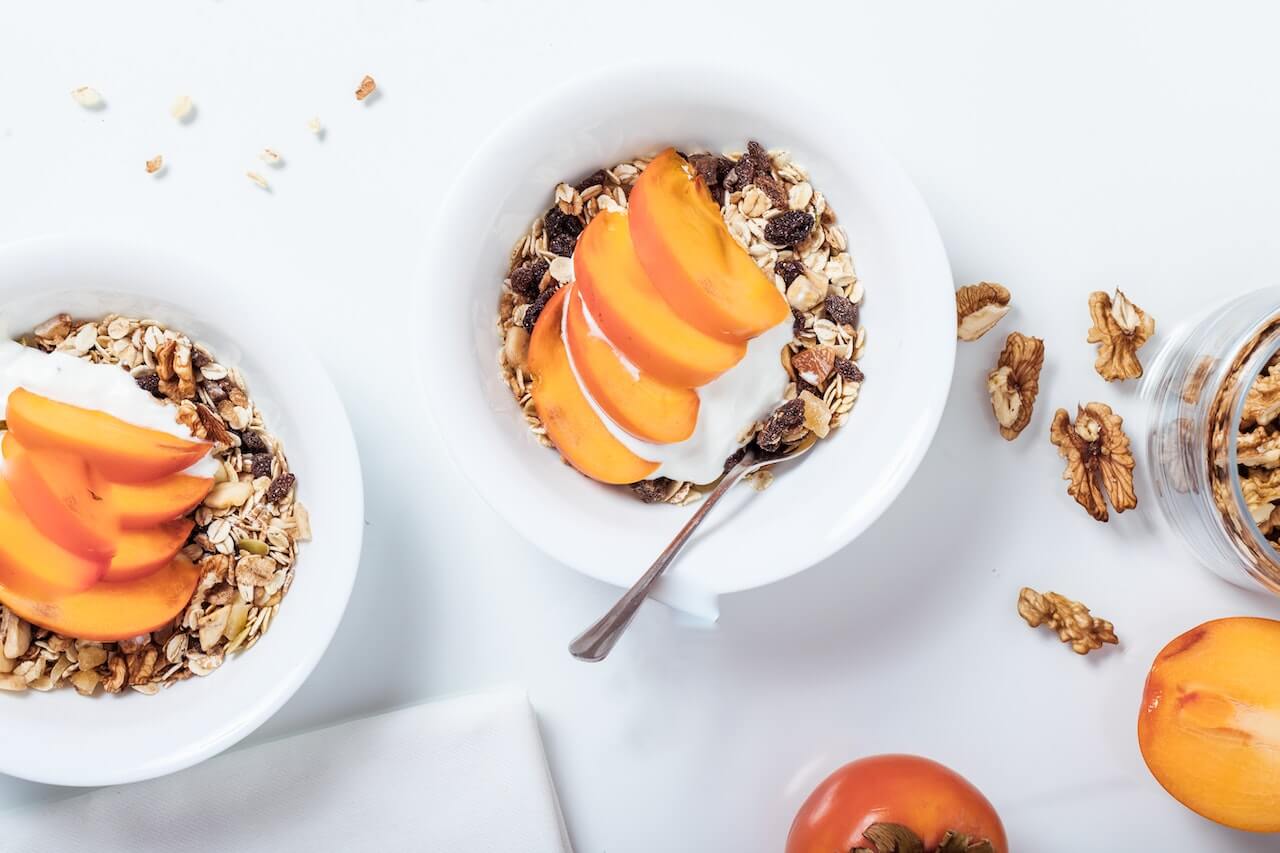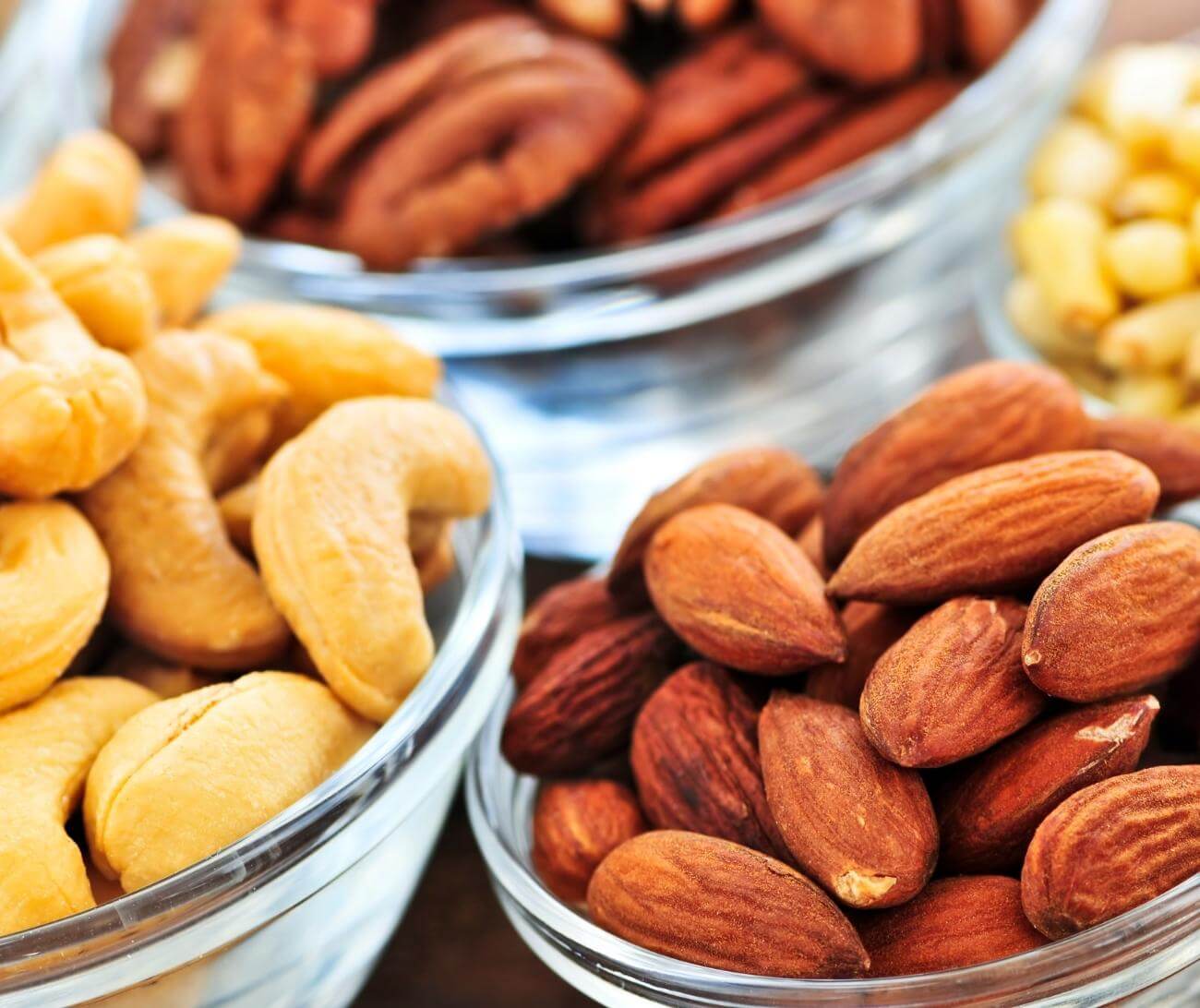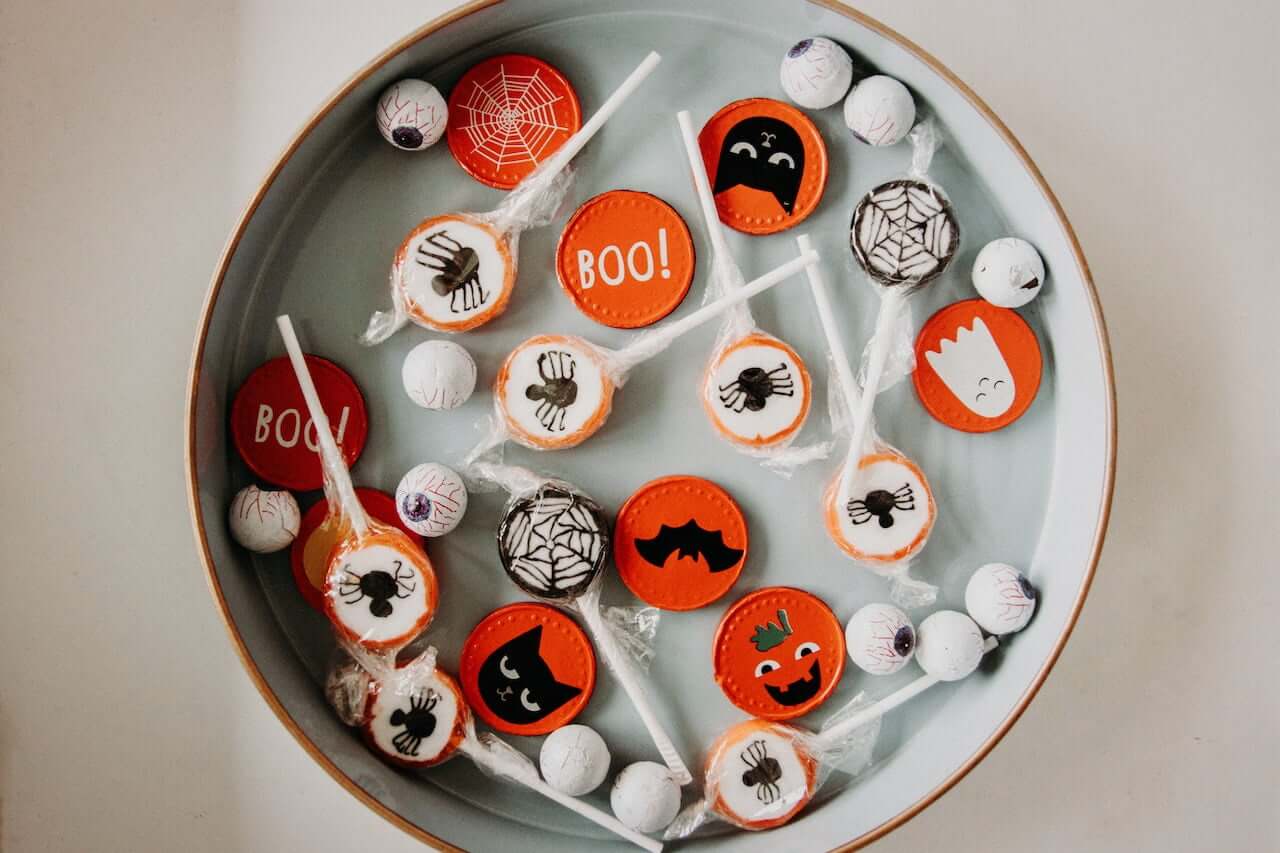When it comes to well-balanced nutrition, we can’t overlook the importance of snacks. Healthy snacks are a great way to bridge the gaps in your nutrition needs and satiate hunger between meals. But not all snacks are created equal, especially if you’re working toward specific health goals. Some foods offer little nutritional value, while others bring a lot to the table. The glycemic index (GI) can be helpful in distinguishing between the two.
While you don’t have to follow a strict low-glycemic diet to see maximum results, those trying to lose weight, build muscle, or improve their blood sugar levels may benefit from low-glycemic index foods between their primary meals. In this article, we’ll explain the science behind the glycemic index and highlight some healthy snack ideas you can incorporate into your meal plan.
{{mid-cta}}
Health Benefits of Low-Glycemic Foods for Diabetes
The glycemic index categorizes carbohydrate-containing foods based on how they affect blood sugar levels. These carbs are assigned a score from 1 to 100 based on how quickly they raise blood sugar. Low-GI foods have a score of 55 or less, moderate-GI foods have a score of 56-69, and high-GI foods have a score of 70 or higher.
Low-glycemic foods can be pivotal in managing blood glucose levels, especially in those with type 1 and type 2 diabetes. These foods will have less of an impact on blood sugar levels compared to their high-glycemic alternatives. They’re not likely to cause a spike in your blood sugar, promoting a more stable use of energy throughout the day. Still, it’s important to note that low GI doesn’t necessarily mean low sugar or low carb.
Low-GI foods typically include beneficial fats, protein, and fiber to prevent blood sugar spikes and help keep you satisfied until your next meal. For example, whole wheat bread contains more fiber than white bread, providing a more steady stream of energy. Incorporating low-GI snacks into a well-balanced diet may support diabetes and weight management.
Regarding weight management, overall daily calories matter, but nutritional quality also plays a role. For example, one study found that participants who ate peanuts as a snack had lower total daily energy intakes than those who ate chips.1 Peanuts are low-glycemic legumes that contain 2.4 grams of fiber, 14 grams of healthy fat, and 7 grams of protein per ounce.2 Their macronutrient ratio creates a satiating snack that keeps you fuller for longer and helps prevent overeating at meal times—something chips are less likely to offer.3
Incorporating other low-glycemic options, such as whole grain cereals, lean proteins, and non-starchy veggies, can reduce the risk of diabetes-associated complications and support body weight management. It’s also important to consider a food’s glycemic load, a mathematical equation that estimates how much of a certain food will raise a person’s glucose after eating it.
Despite its macronutrient profile, researchers have found that food's glycemic load also impacts weight gain.4 Therefore, choosing low-GI foods and being mindful of portion sizes can help manage blood glucose levels and support sustainable weight loss efforts.
Low-Glycemic Snacks for Healthy Eating
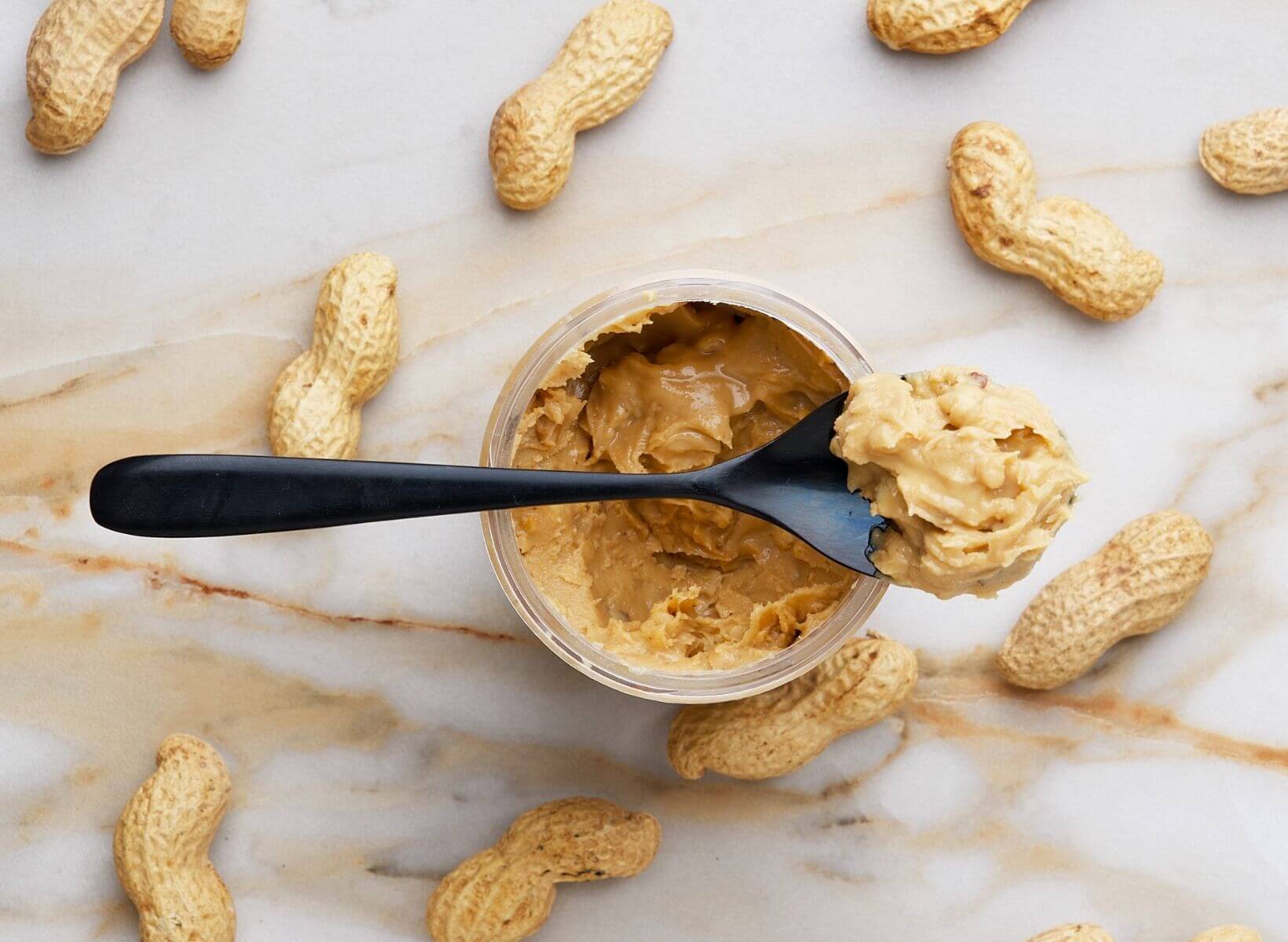
Low-glycemic snacks in appropriate portions can take the edge off hunger and help you eat mindfully at meal times, supporting better overall health and sustainable weight management. There’s no one-size-fits-all way to eat healthy, so keeping a variety of snacks on hand is beneficial. Single-food snacks are convenient and accessible, while two can add variety and enhance your eating experience.
We’ve compiled a list of low-glycemic snack ideas that fit both agendas, giving you plenty of options for healthy eating!
Single Food Low-Glycemic Snack Ideas
Single-food snacks are helpful to keep on hand, especially for busy work days and traveling. Check out these nutritious and convenient snack ideas:
Peanuts
We discussed the wonders that this humble legume has on your glycemic response, but it’s worth mentioning again. Eating low-GI peanuts can help you stay full between meals, supporting blood glucose control and weight loss efforts. Plus, research has shown that eating peanuts is associated with a reduced risk of cardiovascular disease.5
Nori
Seaweed contains a high amount of dietary fiber that can influence your glycemic response to foods. Research has found that eating seaweed can improve your blood glucose after eating a meal.6
Opt for lightly salted, toasted nori sheets or nosh on a sushi roll made with ahi tuna or salmon for a light snack. Still, be mindful of your sushi portions, as some Signos members’ glucose levels have spiked pretty high after eating sushi. White rice is a high-GI food; sushi sauces like ponzu or eel sauce contain sugar. Consider making your hand rolls with brown rice, avocado oil mayonnaise, sugar-free hot sauce, and sliced avocado to help manage your blood sugar.
Eggs
Eggs, with just 78 calories each, are a nutrient-dense source of protein, carotenoids, lecithin, vitamins, and minerals.7 They’re a gluten-free, low-GI food that may improve glycemic control in those with diabetes or pre-diabetes. And when eaten in moderation, their impact on cholesterol is limited.
Pre-cook hard-boiled eggs in a big batch for the week to tote with you for an on-the-go snack. Just don’t remove the shells until you’re ready to eat them!
Plain Yogurt
While it contains plenty of probiotics to help maintain a healthy gut microbiota, plain low-fat or whole-milk yogurt is also an excellent source of protein. Plain, low-fat Greek yogurt has almost 20g of protein in each 7-ounce container.8 Add fresh berries, sliced kiwi, or pear to the tangy, tart flavor. Stir in nut butter, unsweetened cocoa powder, dark chocolate nibs, cinnamon and allulose, vanilla extract, and freeze-dried strawberries.
Nuts
A one-ounce serving of nuts provides a good amount of magnesium—vital for energy production and support of muscle and nerve functions—not to mention they’re a high-protein and high-fiber food. Add pistachios, cashews, Brazil nuts, almonds, walnuts, and macadamia nuts to your shopping list for easy, low-glycemic snacks that travel well. Just keep your portions small, as these calorically dense bite-sized beauties can be easy to overeat.
Blueberries
Blueberries are a nutrient-dense fruit that provides many antioxidant and anti-inflammatory health benefits. Researchers also uncovered an intriguing connection between the blue-hued fruit and blood glucose control. Blueberries can improve glucose management and your corresponding insulin response through their actions in the gastrointestinal tract.9
Veggie Chips
Non-starchy veggies are low in carbohydrates, meaning they’re not likely to spike blood sugar levels. Plus, fresh veggie chips are easy to prepare and travel with. Simply slice or chop your veggie of choice and keep them on hand for when you want a crunchy snack. They’re a delicious snack to eat on the go, providing more vitamins and minerals than your average chip.
Want to enjoy the taste of french fries without the added fat and salt? Consider roasting sliced sweet potatoes for a health-conscious version!
Fruits
Fresh fruit sometimes gets a bad rap when it comes to managing blood sugar levels, but it can be a nutritious way to meet your carbohydrate needs and an excellent way to meet your micronutrient needs. Nutritious fruits like pears, peaches, cantaloupe, watermelon, pineapple, and bananas contain fiber, antioxidants, vitamins, and minerals. Just be mindful of your portion sizes, as too much in one sitting may cause excessive blood glucose spikes.
<p class="pro-tip"><strong>Also Read: </strong><a href=nuts-blood-sugar>Do Nuts Raise Blood Sugar? 6 Best Nuts for Your Blood Health</a>.</p>
Two Food Low-Glycemic Snacks
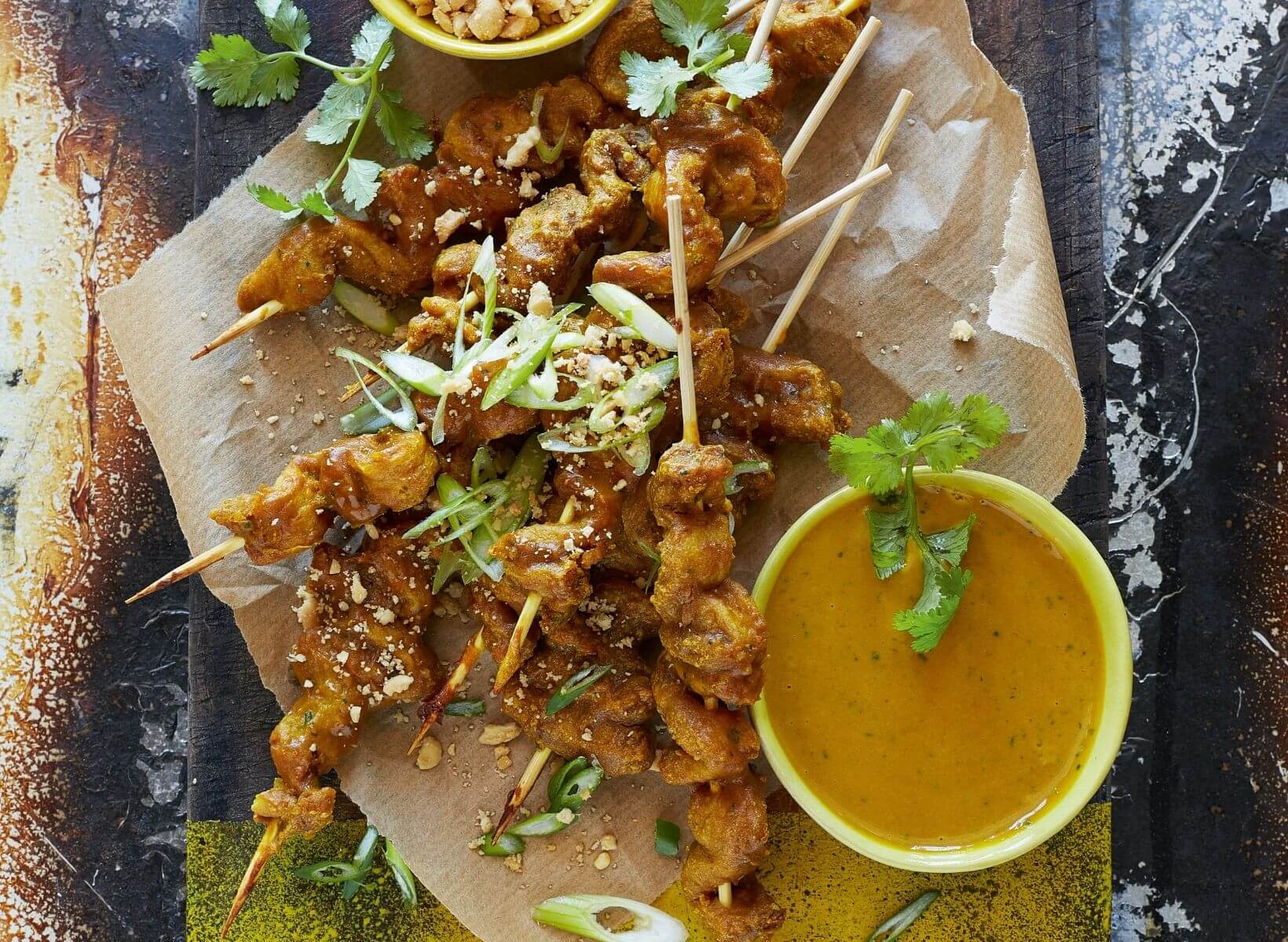
To avoid food fatigue, keep things interesting with these two-food, low-GI snacks:
Skinless Chicken With No-Sugar Sauce
Add interest to leftover chicken breast by dipping it in a sauce without added sugar. Keto-friendly store-bought dips, salad dressing, and sauces tend to contain natural sugar alternatives, or you can make your own.
Pair the glycemic-controlling power of peanuts with an Asian flare to make your satay sauce:
- Whisk four tablespoons of no-sugar creamy butter with ½ cup unsweetened coconut milk, the juice of half a lime, one teaspoon tamari or coconut aminos, ½ teaspoon grated ginger, one grated garlic clove, ¼ teaspoon each of ground turmeric, salt, and pepper.
- Store the sauce in an airtight container in the refrigerator for up to one week.
Apple With Peanut Butter
Pairing peanut butter with medium- and sometimes high-glycemic foods may positively impact your post-meal glycemic response. One study indicated that two tablespoons of peanut butter blunts the magnitude of a glucose spike in a high-GI meal.10 Enter apple slices and unsweetened peanut butter. Apples are considered a low-GI fruit, so this snack isn’t likely to cause an alarming spike in your blood sugar levels. However, you can also pair peanut butter with other fruits. If you’re a Signos member, test your glucose response to two tablespoons of peanut butter spread on a medium-sized banana (GI of 51) to see if you spike.
Parmesan Cheese and Olives
Pair salty, buttery parmesan cheese with briny olives for a delicious and satiating snack. Even though it’s simple to prepare, this snack feels like a delicacy. But it offers more than just a pleasurable eating experience! One study showed that the bioactive compounds in olives improve insulin release after eating.11
Hummus With Veggies
Hummus is a dip made with chickpeas, olive oil, lemon juice, and tahini (ground sesame paste). It contains low-glycemic pulses that can support glycemic control and reduce feelings of hunger. Blitz your own batch at home and add pizzazz with roasted red peppers, caramelized onions, or chipotle peppers. For dipping, serve hummus with carrots, bell peppers, jicama, or celery sticks.
Date and Nut Energy Balls
Dates are a natural, real-food sweetener that sweeten various recipes and provide a sticky, molasses-like flavor.
To make your own energy balls:
- Combine 1 cup pitted dates with ½ cup nuts, ¼ teaspoon of sea salt, and a scoop or two of your favorite sugar-free protein powder (if desired).
- Pulse in a food processor or high-speed blender until the ingredients stick together.
- Use a melon baller or teaspoon to scoop a small amount of the dough into your hands, roll it into balls, and store it in an airtight container in the refrigerator.
- For variety, roll date energy balls in crushed nuts, unsweetened coconut flakes, or crushed freeze-dried berries before refrigerating.
- The energy balls should stay fresh in the refrigerator for one week. You can also freeze a batch by placing them on a baking sheet for an hour. Once cold, transfer the energy balls to a freezer-safe bag and freeze for up to three months.
Plain Cottage Cheese With Diced Fruit and Hemp
Cottage cheese delivers protein and probiotics, making it an excellent ingredient to pair with diced fruit and hemp hearts or powdered hemp protein powder. The resulting snack will satisfy your hunger and lower your blood glucose and insulin concentrations.12 Try an apple pie version by adding a light sprinkle of allulose or monk fruit, cinnamon, diced apples, and a splash of pure vanilla extract.
Low-Glycemic Snacks to Manage Your Sugar Levels
While managing your blood sugar requires a holistic approach, nutrition is a key player, and low-glycemic foods bring a lot of benefits. Low-glycemic snacks are easy to prepare, and their positive impact extends to many aspects of your overall health. These foods contain a moderate amount of carbohydrates along with healthy fats, lean proteins, and various vitamins and minerals. They provide a steady stream of energy without all the ups and downs in blood glucose levels that high-GI foods cause.
Of course, there’s no one-size-fits-all way to eat healthy. Continuous glucose monitoring and guidance from Signos experts can help you design a diet that meets your individualized needs with your long-term health goals in mind.
Learn if Signos can help you on your wellness journey by taking a quick quiz!
<div class="pro-tip"><strong>Learn More: </strong><a href=healthy-work-lunches-weight-loss>How to Plan Healthy Work Lunches for Weight Loss</a>.</div>
- Item 1
- Item 2
- item 3
Topics discussed in this article:
References
- Barbour JA, Howe PRC, Buckley JD, Wright GC, Bryan J, Coates AM. Lower energy intake following consumption of Hi-oleic and regular peanuts compared with iso-energetic consumption of potato crisps. Appetite. 2014;82:124-130.
- USDA FoodData Central. Peanuts.
- Zhu R, Fogelholm M, Larsen TM, et al. A High-Protein, Low Glycemic Index Diet Suppresses Hunger but Not Weight Regain After Weight Loss: Results From a Large, 3-Years Randomized Trial (PREVIEW). Front Nutr. 2021;8:685648. Published 2021 Jun 1. doi:10.3389/fnut.2021.685648
- Perin L, Camboim IG, Lehnen AM. Low glycaemic index and glycaemic load diets in adults with excess weight: Systematic review and meta-analysis of randomised clinical trials. J Hum Nutr Diet. 2022;35(6):1124-1135. doi:10.1111/jhn.13029
- Guasch-Ferré M, Liu X, Malik VS, et al. Nut Consumption and Risk of Cardiovascular Disease. J Am Coll Cardiol. 2017;70(20):2519-2532. doi:10.1016/j.jacc.2017.09.035
- Kim YR, Park MJ, Park SY, Kim JY. Brown Seaweed Consumption as a Promising Strategy for Blood Glucose Management: A Comprehensive Meta-Analysis. Nutrients. 2023;15(23):4987. Published 2023 Dec 1. doi:10.3390/nu15234987
- USDA FoodData Central. Whole Hardboiled Egg.
- USDA FoodData Central. Low-Fat Greek Yogurt.
- Palma X, Thomas-Valdés S, Cruz G. Acute Consumption of Blueberries and Short-Term Blueberry Supplementation Improve Glucose Management and Insulin Levels in Sedentary Subjects. Nutrients. 2021;13(5):1458. Published 2021 Apr 25. doi:10.3390/nu13051458
- Lilly LN, Heiss CJ, Maragoudakis SF, Braden KL, Smith SE. The effect of added peanut butter on the glycemic response to a high–glycemic index meal: a pilot study. Journal of the American College of Nutrition. 2019;38(4):351-357.
- Sanchez-Rodriguez E, Vazquez-Aguilar LA, Biel-Glesson S, et al. May bioactive compounds from the olive fruit improve the postprandial insulin response in healthy adults? Journal of Functional Foods. 2021;83:104561.
- Mollard RC, Johnston A, Serrano Leon A, Wang H, Jones PJ, MacKay DS. Acute effects of hemp protein consumption on glycemic and satiety control: results of 2 randomized crossover trials.Appl Physiol Nutr Metab. 2021;46(8):887-896.

